Pharmacy websites play a crucial role in disseminating vital information, offering online services, and connecting with patients. To enhance user experience and accessibility, the implementation of responsive design is imperative. This blog explores the significance of responsive design in ensuring accessibility across devices for pharmacy websites.
The Need for Responsive Design
In a world where individuals access information through various devices, from smartphones and tablets to desktop computers, the importance of responsive web design cannot be overstated. Responsive design is a web development approach that aims to create a seamless user experience by ensuring that a website functions and looks optimally across a range of devices and screen sizes.
Key Elements of Responsive Design
1. Flexible Grids: Responsive design employs flexible grids that adapt to different screen sizes, ensuring that the layout remains consistent and user-friendly.
2. Media Queries: These allow the website to detect the characteristics of the device, such as screen resolution and size, and adjust the layout accordingly.
3. Fluid Images: Images are designed to scale proportionally, preventing distortion and maintaining clarity on any device.
4. Mobile-First Approach: Designing for mobile devices first ensures that the website is optimized for smaller screens, with the option to scale up for larger displays.
Benefits for Pharmacy Websites
Improved User Experience:
Responsive design creates a seamless and consistent user experience across devices, fostering user engagement and satisfaction. Patients can access pharmacy information effortlessly, leading to better-informed healthcare decisions.
Enhanced Accessibility:
Accessibility is a core principle of healthcare, and responsive design ensures that pharmacy websites are accessible to individuals with diverse abilities. Whether a patient is using a desktop computer or a mobile device, they can easily navigate and obtain the information they need.
Increased Visibility and Reach:
With the prevalence of mobile browsing, responsive design enhances a pharmacy website’s visibility. Google and other search engines prioritize mobile-friendly websites, potentially increasing the pharmacy’s online visibility and reach.
Conclusion: How Pharmacy Digital Can Help
In the realm of website design, embracing responsive design is not just a design choice; it’s a commitment to providing accessible and user-friendly healthcare information. By investing in responsive design, pharmacy websites can contribute significantly to patient education, engagement, and overall health outcomes.
As technology continues to evolve, our solutions should adapt to meet the needs of an increasingly diverse audience. The seamless experience offered by responsive design ensures that patients can access crucial information anytime, anywhere, fostering a stronger connection between healthcare providers and the community.
In conclusion, the integration of responsive design into pharmacy websites is a forward-thinking approach that aligns with the principles of patient-centric care. It’s not just about adapting to the present digital landscape; it’s about future-proofing pharmacy digital platforms to better serve the healthcare needs of an ever-expanding online audience. Embrace responsive design, and empower patients with accessible and user-friendly pharmacy digital experiences.




